Turkish defense company FNSS has transformed its KAPLAN MT tank platform, which achieved the first Turkish tank-class export, into the KAPLAN FSV Fire Support Vehicle (FSV), featuring a new weapon turret designed to meet current operational requirements.
The enhanced vehicle will be showcased at the International Defense Industry Fair (IDEF) 2025, scheduled for July 22-27 at the Istanbul Exhibition Center, as part of Türkiye's domestic defense industry offerings.
The KAPLAN FSV concept leads a new era in the fire support vehicle class with its low silhouette, agility, survivability, high firepower, and technological integration capabilities.
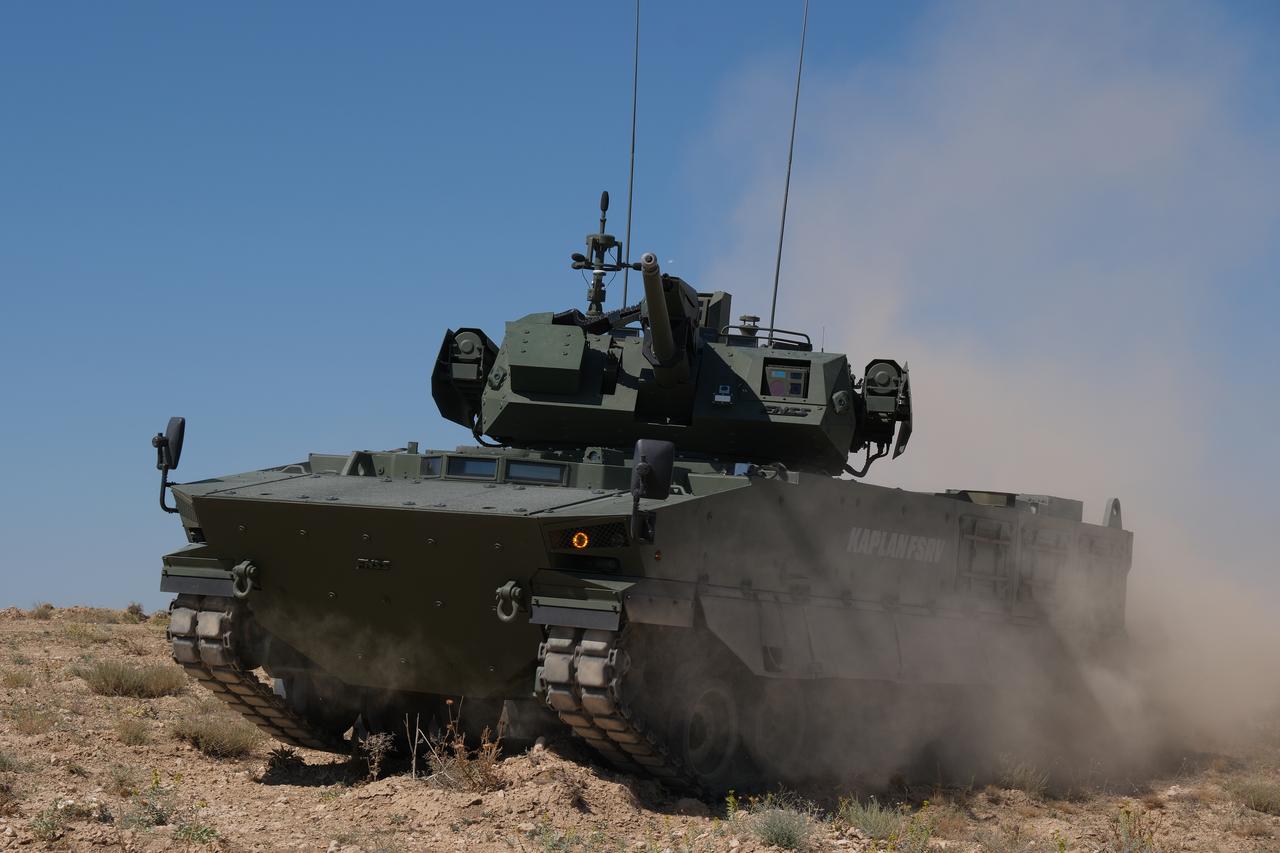
The Combat Fire Support Vehicle was developed based on current operational requirements to respond to the demands of both symmetric and asymmetric warfare.
The KAPLAN FSV concept incorporates features from European systems, including the Ajax and Jaguar 6×6 EBRC, as well as Russia's BMPT Terminator, combining agility, survivability, high firepower, and technological integration.
The vehicle features state-of-the-art command vision and sensor systems with high maneuverability capabilities across all terrains, enabling deep penetration into enemy territory while providing real-time reconnaissance and intelligence critical for tactical and strategic decision-making processes.
These capabilities enhance situational awareness for friendly forces in the field and effectively support intelligence sharing among allied forces.
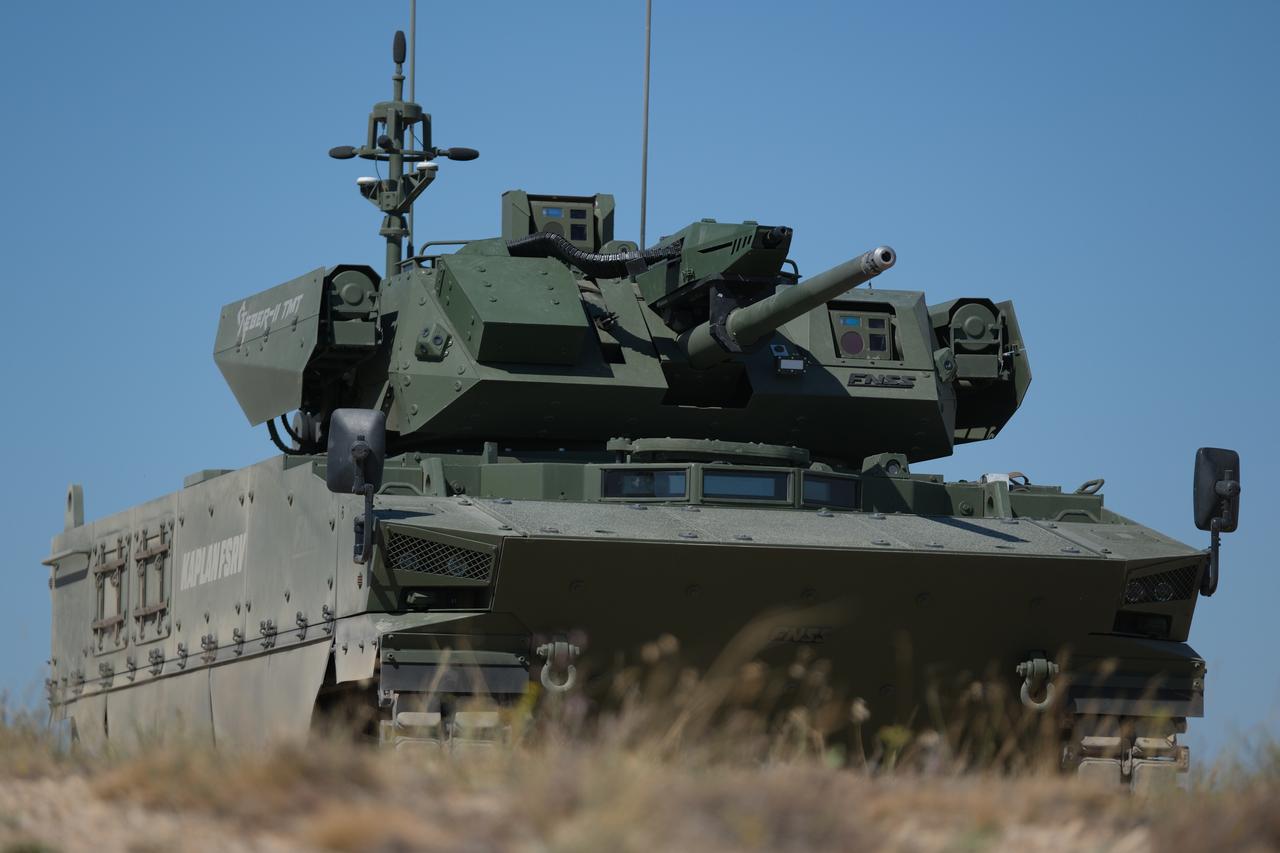
The vehicle integrates an FNSS-designed TEBER-II 30/40 Two-Person Turret, featuring a conventional two-person turret structure where the commander and gunner are positioned within the turret basket.
The TEBER-II 30/40 Two-Person Turret incorporates the latest technologies in propulsion systems, fire control, survivability, and firepower. Its sensors and electronic systems enable operations day and night, in all weather conditions and combat environments.
The turret is equipped with a 30 mm caliber Mk44 dual-feed automatic cannon capable of 200 rounds per minute, with a total of 310 ready-to-fire ammunition rounds as primary equipment. Secondary equipment consists of a 7.62 mm machine gun with 1,200 ready-to-fire rounds.
A 12.7 mm machine gun with external feed and 300-round capacity, positioned on the barrel and aligned with the main gun, serves as tertiary equipment.
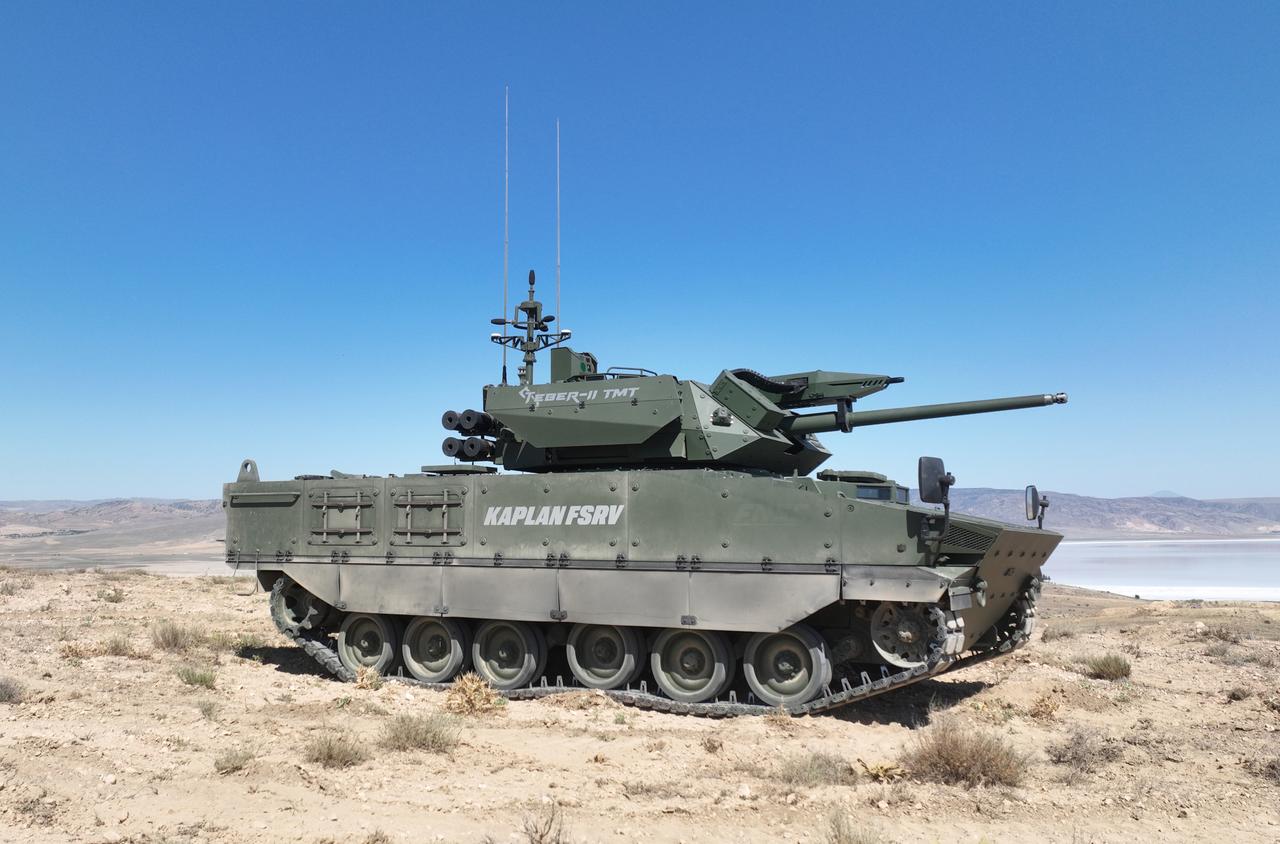
Cem Altinisik, Corporate Communications Director at FNSS Defense Systems, explained the company's approach to developing the new configuration.
"We will participate in the fair with existing products, new developments, and new configurations, one of which is the integration where KAPLAN and TEBER meet," Altinisik told Anadolu Agency.
He noted that the KAPLAN MT medium-class tank was developed in cooperation with PTPindad for the Indonesian Army Command's needs, and the same collaboration produced the vehicle's personnel carrier configuration.
Altinisik detailed the vehicle's weapon systems: "The platform is KAPLAN MT's platform, but the turret shows changes. The turret has a 30 mm dual-feed automatic cannon, which can be upgraded to 40mm by simply changing the barrel if desired by the user. It can also carry 2 OMTAS anti-tank guided missile systems ready to fire."
The vehicle includes a 7.62 mm coaxial machine gun known for its advanced technology in firing rate and reliability, referred to as a chain gun. Additionally, a 12.7 mm machine gun aligned with the main weapon provides enhanced engagement capabilities.
"The reason for this is so that it can engage with the target as much as necessary when needed and also provide more barrel power to the user in gaps that may occur during fire support missions," Altinisik explained.
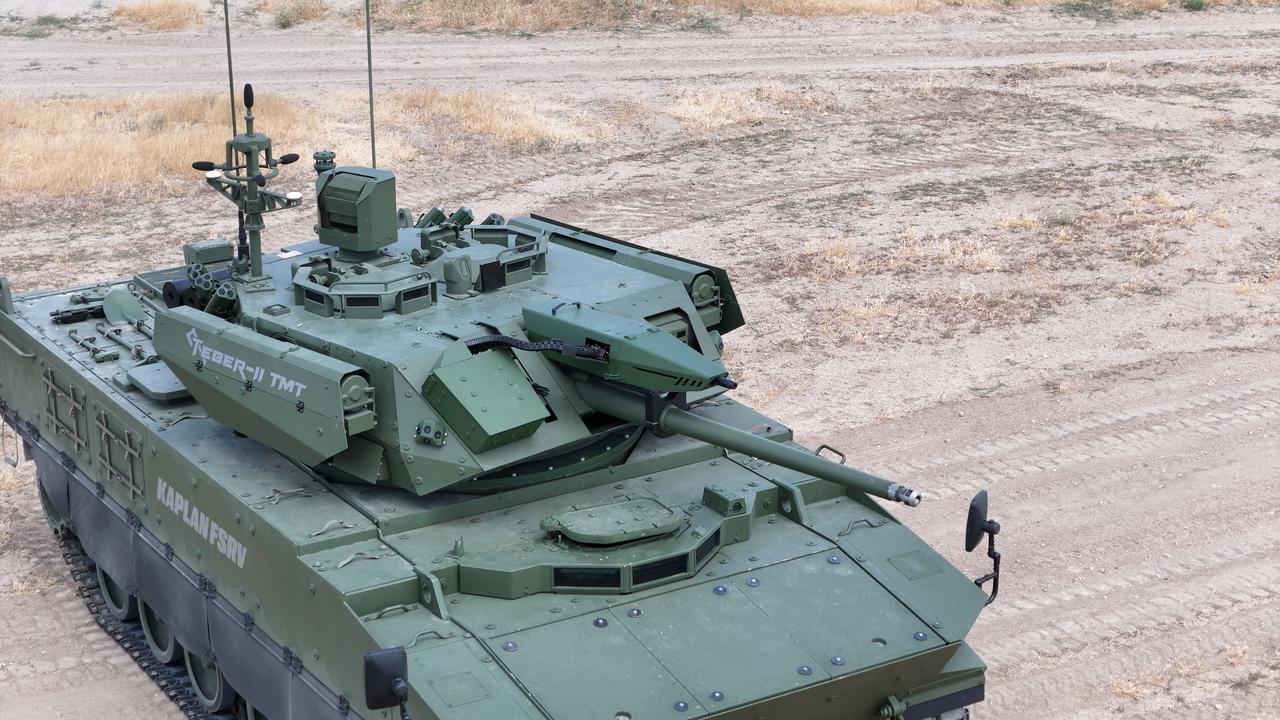
The vehicle features a commander's independent vision unit with 360-degree capability, which can be converted to a remote-controlled weapon station with 7.62 mm or 5.56 mm weapons when needed.
For self-protection, the vehicle includes a laser warning system and new-generation 40 mm smoke grenade launchers capable of deploying up to 18 smoke grenades.
"We can easily integrate any desired active protection system to the areas on the vehicle, and systems such as additional armor or cage armor can be added to the vehicle in a modular manner," Altinisik said.
Altinisik also noted the importance of low silhouettes for reconnaissance vehicles: "All armored combat vehicles and personnel carriers can have high silhouettes due to the need for mine protection and to house infantry inside. Especially if this is an MRAP, the vehicle can be even higher, but on a tank platform, you can make the vehicle with a lower silhouette."
He noted that this advantage allows the vehicle to hide behind cover when necessary, providing a significant tactical benefit.
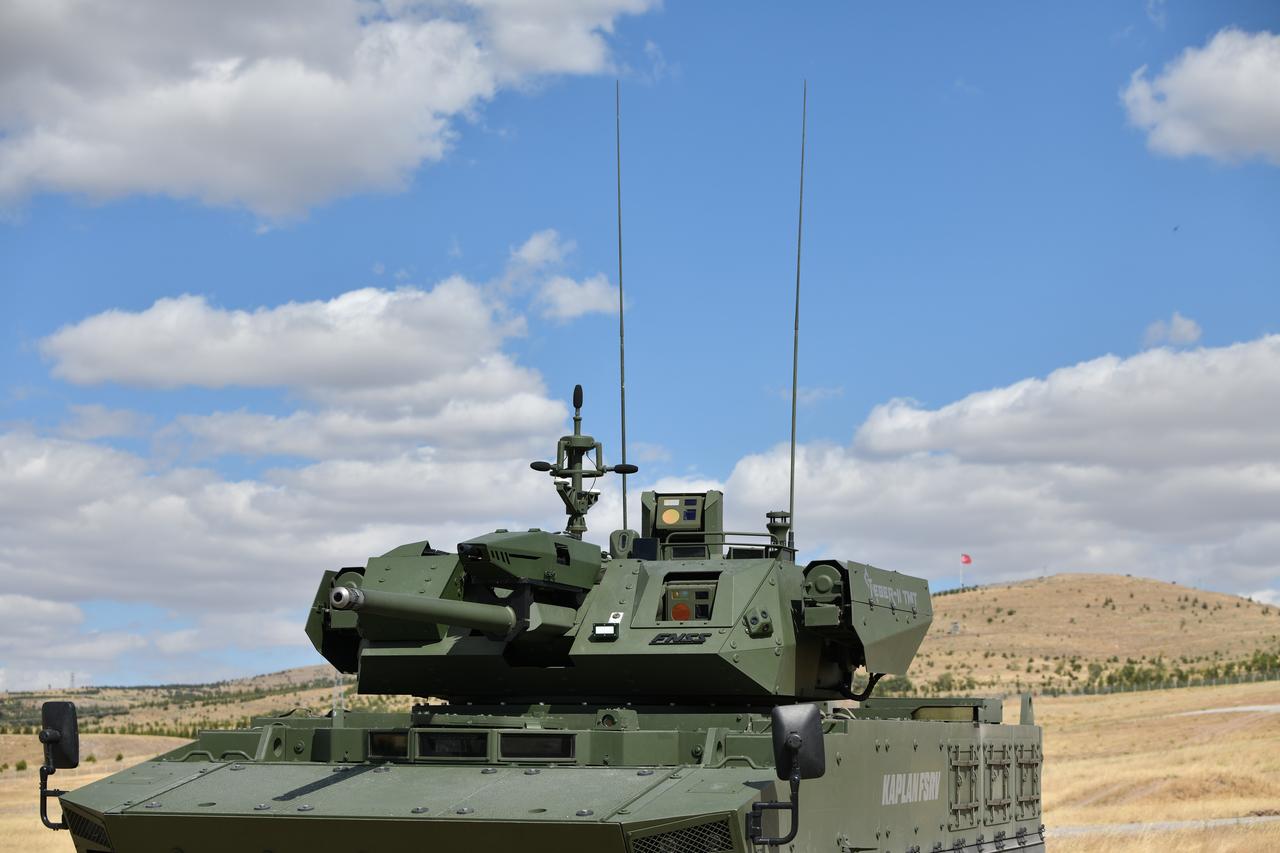
The decision to use a manned turret instead of the recently dominant unmanned turret was strategic, according to Altinisik.
"This is the natural state of the turret; this orientation was taken due to the need for payload and personnel transport. When you use a remote-controlled turret, you can use volumes more efficiently since there is no turret basket inside," he explained.
However, manned turrets offer significant usage advantages: "In a manned turret, the commander and gunner sit inside the turret, and their coordination can be much easier and more efficient. All users we have seen recently, including the U.S. Army, British Army, and French Army, have all preferred two-person turrets in their recent programs."
The positioning allows commanders and gunners to maintain optical situational awareness through periscopes in addition to screens. The design also enables higher ammunition capacity compared to remote-controlled turrets.
"In a manned turret, there is another advantage: when electronics or driving systems in the vehicle do not work and you want to manually rotate and direct a turret to shoot, it provides that opportunity," Altinisik added.
Altinisik indicated current demand for such dual-person turrets from several countries: "If we consider the demands, this product quite meets the requirements. Of course, there is no demand yet for such a combat, fire support, and reconnaissance vehicle concept together with the platform, but seeing these in new programs, especially under NATO, frankly indicates to us that such requirements may be coming."